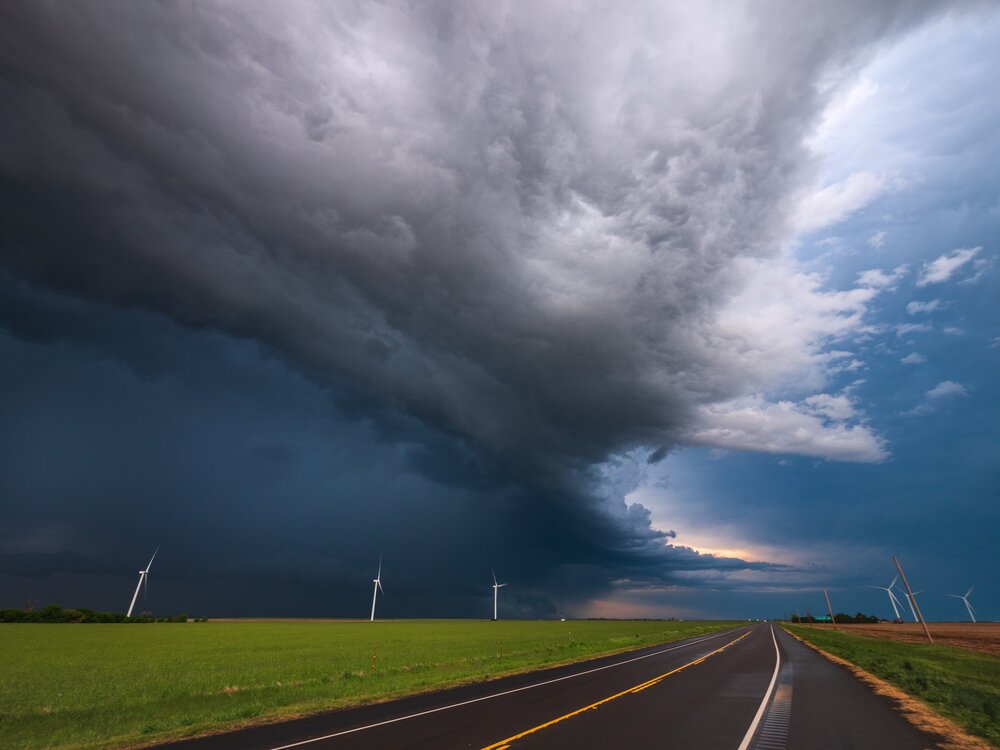Your house helps protect you from extreme weather conditions. However, it will only be as effective if you take proper care of the structure and arm it with the right resources. When the weather changes, especially when it transitions from the summer to the winter and vice versa, both the exterior and the interior parts of the house have to face a completely different set of challenges. If you have a newer house, you might not feel the difference that much but it is visible with older constructions. If you want to protect your family and your house, here are a few things you should definitely consider.
Check The Drains
In most parts of the world, winter is either the rainiest part of the year or the part of the year where you experience snow. However, the impact of the cold climate on the drainage system is also apparent in areas where they experience dry winters. The first thing you want to do is to clear out the drain and make sure all the gutter lids and filters are clean and in good working condition. In addition, if there is any kind of blockage in the piping itself, get this inspected and sorted by a professional plumber.
Protect The Exterior
The first line of defense and the first point of contact against the harsh winter weather is the exterior of the home. Regardless of what kind of building materials you have used and what kind of exterior surface you have, when the temperature drops below zero, which it commonly does in countries like Canada, the exterior needs added protection.
There are different kinds of materials that you can use for this purpose. Each material has its advantages and disadvantages. Still, whichever type you choose as external protection of your home, with siding Toronto homeowners can give their home a better chance at surviving the harsh winters. This can be used on large glass windows, tiled walls, wooden paneling, and all kinds of exterior surfaces. It acts as an additional layer that protects from cold winds.

Comply With Legal Standards
In countries such as Canada, local building authorities have developed solutions that help homeowners tackle this problem from the very construction of their homes. Every aspect of the home is designed and constructed with the weather in mind. If you are planning on building a home or upgrading a home, consider looking into the latest construction codes to understand how you can better equip your home to face these weather conditions. This will help not only protect your home but also optimize energy usage and reduce operational costs. When shopping for home appliances as well, try to get those that are more energy-efficient and have higher ratings.
One of the major challenges in the winter is electricity and gas consumption. When a house is improperly insulated, you lose a lot of heat and energy, and the heating appliances in the home have to work overtime to maintain a consistent temperature. This can be quite taxing on the appliances and it also costs you a lot more. Through proper insulation, not only are you protecting the structure but also all the appliances in the house and also reducing your energy bill. You can take this a step further and use smart solutions such as solar water heaters that use light to create hot water. All of these small changes across the house add up and can make a big change to your house and your budget.






